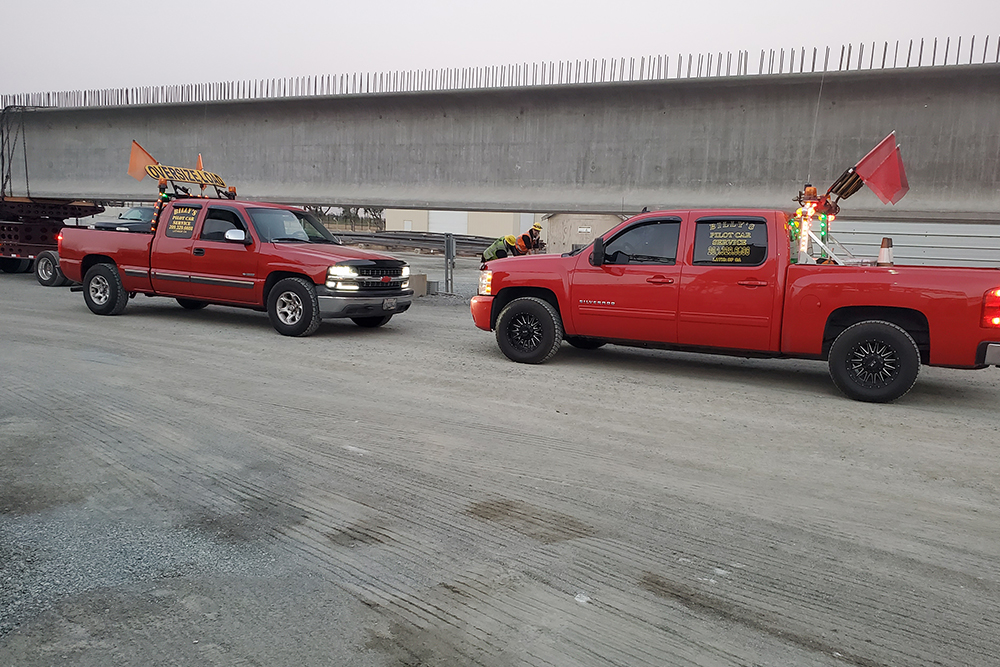In the United States and Canada, heavy hauling is a crucial aspect of many industries, including construction, oil and gas, and transportation. When transporting oversized loads, such as large machinery or structural components, ensuring the safety of the journey is paramount. One key element of safe heavy hauling is effective communication between truck drivers and pilot car operators. This article will explore the importance of communication in this process and how it contributes to the overall safety of heavy hauling operations.
Why Communication is Key
Effective communication between truck drivers and pilot car operators is essential for several reasons:
- Safety: Clear and constant communication helps to prevent accidents and ensure the safe passage of oversized loads on the road.
- Coordination: Effective communication allows for seamless coordination between the truck driver and pilot car operator, ensuring that they are on the same page throughout the journey.
- Navigational Assistance: Pilot car operators provide crucial navigational assistance to truck drivers, guiding them through challenging routes and alerting them to any obstacles or hazards ahead.
- Traffic Management: Communication between truck drivers and pilot car operators helps to manage traffic flow and ensure the smooth movement of the convoy.
The Role of Pilot Car Operators
Pilot car operators play a vital role in heavy hauling operations. They are responsible for:
- Route Planning: Pilot car operators plan the best route for transporting oversized loads, taking into account factors such as bridge clearances, road conditions, and traffic volume.
- Safety Precautions: Pilot car operators enforce safety precautions, such as ensuring that the load is properly secured and that all necessary permits are in place.
- Communication: Pilot car operators communicate with the truck driver throughout the journey, providing guidance on speed, lane changes, and upcoming road conditions.
Communication Tools and Techniques
Several communication tools and techniques can be used to facilitate effective communication between truck drivers and pilot car operators:
- Two-Way Radios: Two-way radios allow for real-time communication between the truck driver and pilot car operator, enabling them to stay in constant contact.
- Hand Signals: In situations where audio communication is not possible, hand signals can be used to convey important messages between the truck driver and pilot car operator.
- Mobile Phones: Mobile phones can serve as a backup communication tool in case of radio failure or other communication challenges.
The Benefits of Effective Communication
When communication between truck drivers and pilot car operators is clear and effective, several benefits can be realized:
- Enhanced Safety: Effective communication reduces the risk of accidents and improves overall safety during heavy hauling operations.
- Efficiency: Clear communication streamlines the transport process, leading to faster delivery times and lower costs.
- Compliance: Proper communication ensures that all regulations and safety protocols are followed, reducing the risk of fines or penalties.
Final Thoughts
Communication between truck drivers and pilot car operators is a critical component of safe heavy hauling in the United States and Canada. By leveraging communication tools and techniques, and emphasizing the importance of clear and constant communication, companies can ensure the safe and efficient transport of oversized loads. Prioritizing communication not only enhances safety but also boosts operational efficiency and compliance with regulations, making it a key factor in successful heavy hauling operations.

